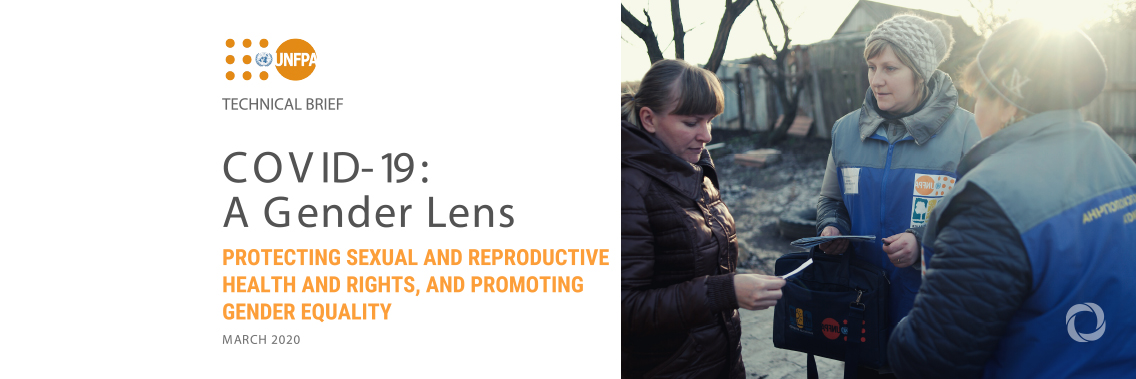As the COVID-19 pandemic rages around the world, governments are taking unprecedented measures to limit the spread of the virus, ramping up health system responses and announcing movement restrictions affecting millions. But amid these efforts, policymakers must not lose sight of the vulnerabilities of women and girls, which have been exacerbated by the crisis, says a UNFPA guidance note.
COVID-19, the coronavirus disease that has rapidly spread around the world since it was discovered late last year, appears most deadly among elderly populations and people with pre-existing medical conditions. Accurate and complete sex-disaggregated data are still needed to understand whether and how women and men experience infection, complication and death risks differently.
Yet even now, it is clear that women and girls face a variety of risk factors that must urgently be addressed.
“Disease outbreaks affect women and men differently,” says the new UNFPA guidance document, which covers how gender is playing a role in the unfolding pandemic. “Pandemics make existing gender inequalities for women and girls worse, and can impact how they receive treatment and care.”
Women may face heightened risk of exposure to COVID-19 due to their disproportional representation among health-care and social service personnel. Around the world, around 70 percent of health and social service workers are women. Many are midwives, nurses or community health workers, roles that place them on the front lines of any disease outbreak.
Risks to women and girls also increase if health systems divert resources from sexual and reproductive health care to respond to the epidemic and if supply lines begin to creak under the strain of the pandemic.
It is a particularly worrying time for women who are pregnant and in need of routine health services. Infection control measures must be taken to protect women in antenatal, neonatal and maternal health units, the guidance note says.
The pandemic has also given rise to threats that extend beyond the risk of infection. Evidence from previous disease outbreaks reveals that women and girls face particular vulnerabilities.
The pandemic has also given rise to threats that extend beyond the risk of infection. Evidence from previous disease outbreaks reveals that women and girls face particular vulnerabilities.
All of these vulnerabilities are exacerbated in humanitarian settings.
“For the nearly 48 million women and girls, including 4 million pregnant women, identified by UNFPA as in need of humanitarian assistance and protection in 2020, the dangers that COVID-19 outbreaks pose will be magnified,” the guide says.
It calls for humanitarian action plans to account for the need to respond to the pandemic.
Read and download the UNFPA guidance note: COVID-19: A Gender Lens.
Original source: UNFPA
Published on 19 March 2020

